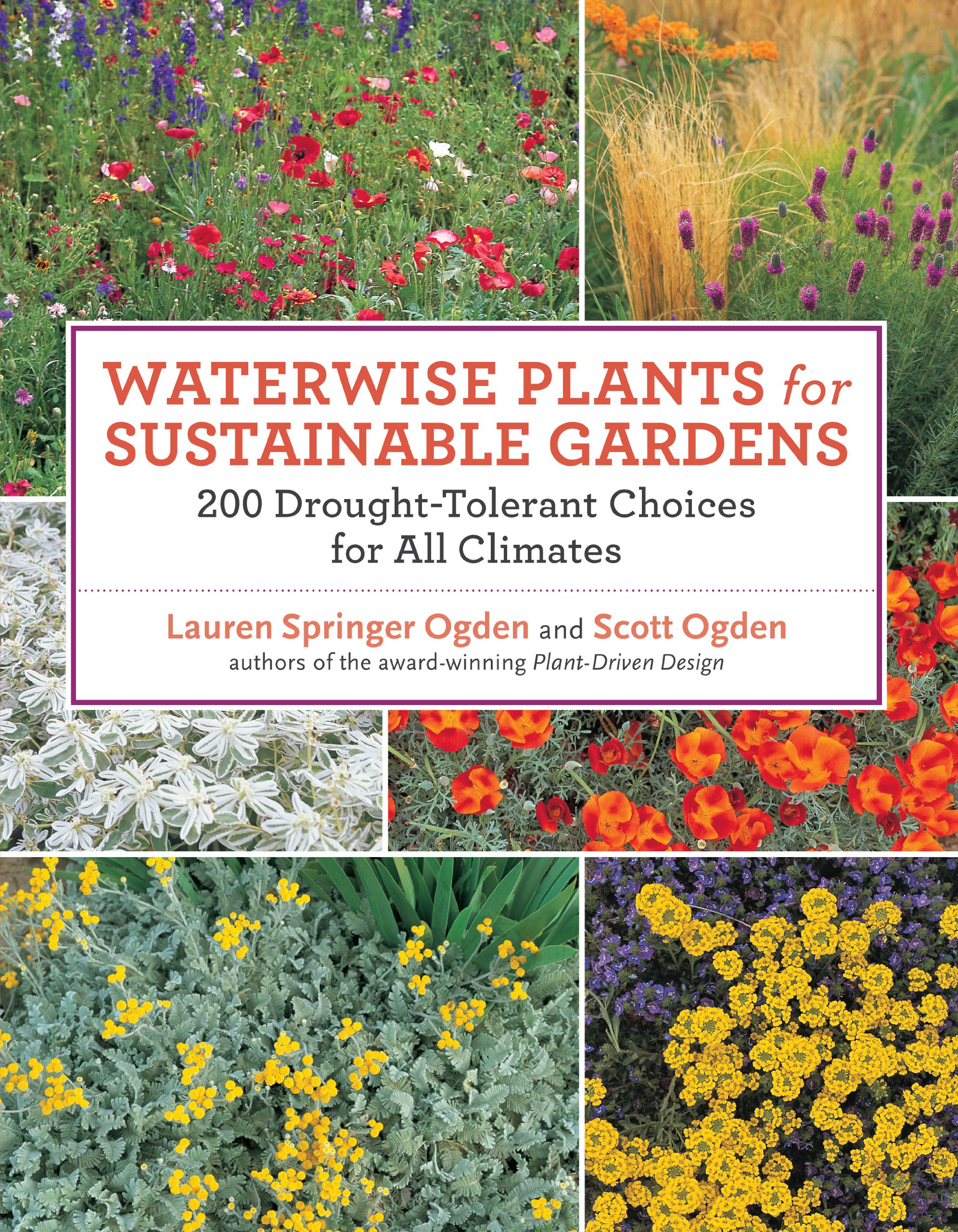You Are Not an Imposter
By Hannah Atchison, Children’s Librarian
The imposter phenomenon, sometimes known as imposter syndrome, is the feeling that you don’t belong or deserve a title. Any skills or accomplishments do not feel sufficient or deserved. This internalized self-doubt sits on my shoulders. And I know I’m not the only one.
When I was young, I used to devour books. When I got to college, I barely read for pleasure at all. In the last two years, I purposefully made more time for reading and felt a bit better. I was able to fight off the nagging thought that I couldn’t really be considered a ‘real’ librarian if I was only reading three chapter books a year. But then a new unpleasant thought appeared. Do audiobooks and graphic novels really ‘count’? Yes. They absolutely do. And our brains need a break. You need a break.
If you’re reading for fun, it’s supposed to be, well, fun. It doesn’t have to be another thing you have to cross off your list. It can be a time for reflection, mindfulness, or an escape or vacation if that is what you need. Here is a list of graphic novels and audiobooks that I have enjoyed, all of which count towards summer reading by the way!
- “Strange Planet” by Nathan Pyle. This is a graphic novel about humanoid alien creatures and their everyday life in our world. Their words for things and descriptions of tasks are quite humorous. There is an eBook available on Hoopla through the library’s online resources and a new picture book recently arrived about their cat called “The Sneaking, Hiding, Vibrating Creature.”
- “Catana Comics” by Catana Chetwynd. These are about the life of a romantic couple and the way they experience the world together. “In Love and Pajamas: A Collection of Comics about Being Yourself Together”, “Snug: A Collection of Comics about Dating Your Best Friend”, and “Little Moments of Love” are all available as eComics on Hoopla.
- “The Tea Dragon Society” by Katie O’Neill. There are now three graphic novels in this series. Book 3 just arrived! These graphic novels are children’s fantasy. There are many types of dragons in these books. Book 1 focuses on the domesticated form of dragon called tea dragons. Tea dragons can be temperamental and challenging to look after, but once attached to a caregiver (dragons are not the only fantastical species in these books), they can produce teas that are infused with happy memories of their times with their loved ones. All three books are available at the library, and books 1 and 2 are also available on Hoopla.
- “Calvin and Hobbes” by Bill Watterson. These were my favorite graphic novels to read when I was little and I still enjoy them quite a bit. These are about a young boy named Calvin and his imaginary adventures with his best friend, a stuffed tiger, who in Calvin’s mind is very much alive, named Hobbes. The two of them get into all sorts of mischief. Most of these are in the children’s section, with the exception of “The Authoritative Calvin and Hobbes: a Calvin and Hobbes Treasury” in the adult graphic novels.
- “The Girl Who Drank the Moon” by Kelly Barnhill. This is a children’s fantasy story about a young girl who is rediscovering her magical abilities that have been hidden from her. The book and book on cd are in the children’s section, and the audiobook is available on Hoopla and Sunflower eLibrary through the library’s online resources.
- “Aru Shah and the End of Time” by Roshani Chokshi. This is book one in a children’s adventure series. If you enjoy mythology and magic, you will enjoy this story about a young girl in a fight against time and fate as she struggles to save the world and rescue her mother. The audiobook is available on Sunflower eLibrary.
- “Coraline” by Neil Gaiman. This book may be written for a middle-grade audience, but it can still scare the pants off you. If you like the movie, this is one of those rare cases where the movie actually did the book justice. The audiobook is available on Hoopla and Sunflower eLibrary.
Give yourself permission to relax. Reread an old favorite or find a fun new picture book. Remember: reading does not have to be hard and picture books are for everyone! Sit in your favorite chair or hammock. Grab a glass of tea or your preferred beverage and settle in.


 Did you hear the one about how dry it is out there? It’s so dry the cows are giving evaporated milk! (Ba-dum, crash!) We are knee-deep in a drought. I don’t spend a lot of time thinking about cattle in times of heat and drought, but I do spend a lot of time thinking about my gardens in these conditions. For me personally, the problem is even more concerning this year as we are trying to start new gardens on a new property.
Did you hear the one about how dry it is out there? It’s so dry the cows are giving evaporated milk! (Ba-dum, crash!) We are knee-deep in a drought. I don’t spend a lot of time thinking about cattle in times of heat and drought, but I do spend a lot of time thinking about my gardens in these conditions. For me personally, the problem is even more concerning this year as we are trying to start new gardens on a new property.